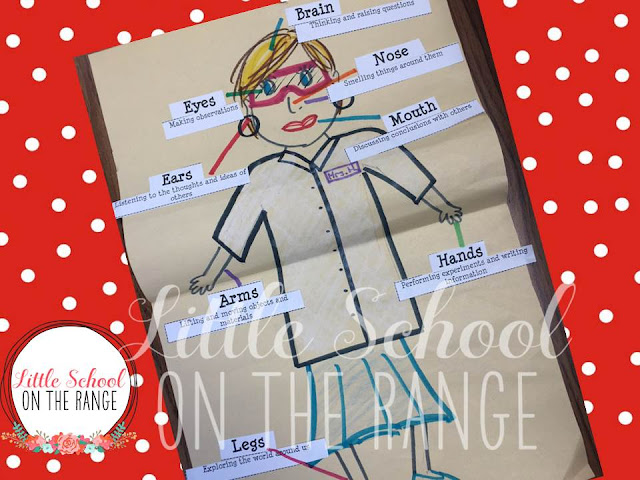Since I started teaching second grade 10 years ago, we have used
several different Math curriculums. No matter what curriculum we are using,
this daily “Math Meeting” has been the one
constant thing that has helped my instruction. Seriously, it has revolutionized
my math class. I have simplified this Math Meeting time throughout the years
and have adjusted it to fit our changing standards. By using this format, I am
able to do a mini lesson on the date, time, place value, money, writing
equations, problem solving, and skip counting – every single day (and usually
during a span of 10 minutes)!
This simple “Math Meeting” enables me to cover concepts before we even
get to those concepts in our curriculum. Throughout the year we will start new
concepts with ease because we have already covered them on a daily basis in our
Math Meetings!
I simply write all the parts of the Math Meeting on my white board each
morning. This following recording sheet (link below) is used for the students
to follow along. I also fill in one of the recording sheets on my elmo while
they are filling out their recording sheet. There are 5 spaces on the recording
sheet that enables students to complete the Math Meeting each day of the week.
The first thing we fill in for the day is the date. We start the year by writing out the date using the month,
day, and year. After a few weeks of school, we move to writing our date in
numbers.
After the date, we write in the time.
This is an excellent way to teach time before we even get to our unit on time!
Next, we fill in our secret number. For the secret number, I draw ten
blocks for place value practice.
We start the beginning of the year just counting dimes and pennies.
After we’ve mastered that, we add nickels and eventually quarters. Money has to
be practiced everyday if students are to master it.
The word problem that I write on the board always varies depending what
we’ve been learning. I usually write a word problem that is similar to
something that we learned the day before or that they had on their homework.
The recording sheet has workspace for the students to show their work and write
their answer.
The number of the day is the section that the students seem to like the
most. One of my student jobs in my classroom is “Math Meeting.” That person gets
to go to the board for the number of the day section. They call on someone to give
them the number of the day and they get to record the number on the board. My only
rule for the number of the day is that the number cannot be larger than 10. The
math meeting person also gets to call on four other students to give them an
equation that equals the number of the day. Their job is also to write the equations
on the board. You’ll be amazed by the equations that your students will
generate by the end of the year. Many of my students will begin to think of
multiplication problems as well as two-step problems.
Skip counting is the last thing that we do during our Math Meeting. I
usually pick a number to start with and use that same number to start each day
during the week. However, what we count by changes every day. We usually count
by ones on Monday. On the other days of the week we may count my 2, 5, 10, or
count backwards.
When we are done with our Math Meeting the students place the papers in
their “Math Meeting” folder so that they can find it the next day. On Friday, all of the papers are turned in for
a daily grade.
This simple Math Meeting has revolutionized my math class!


















































